About Budapest
Budapest and its Surroundings

Some fall in love with Budapest at first sight, others will only become devotees after a longer stay, but no-one denies that it is one of the most beautifully situated cities in the world. The wide stream of the Danube divides the metropolis of some two million inhabitants into two, the hilly Buda and the flat Pest. The panorama over the Danube and the radial avenue of Andrássy út are on the UNESCO world heritage list. Once you have seen them flood-lit, you will appreciate why.
Budapest – History of the city
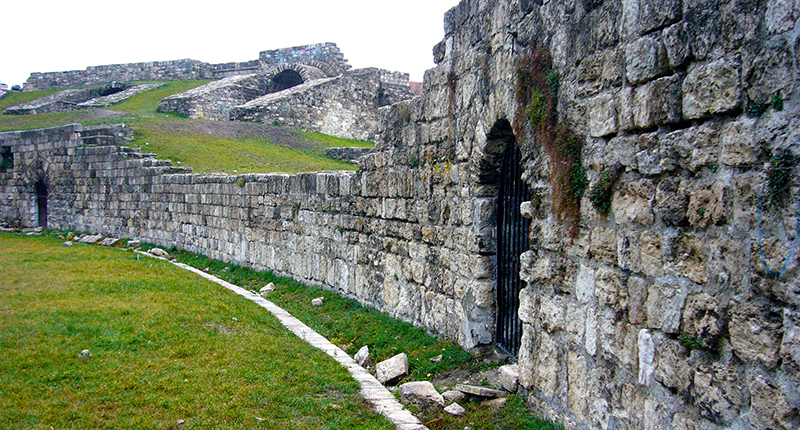
The story starts on the Buda side when Celts settled on Gellért Hill well before the birth of Christ. This territory was later occupied by the Romans in the 1st century A.D. in their effort to expand the empire's frontiers north to the river Danube. The Roman settlement – Aquincum - grew into a town of 30,000 inhabitants and became the main city of Pannonia province. The Romans constructed paved roads, amphitheatres, bastions and fortified strongholds here, the ruins of which now increase Óbuda district's reputation.
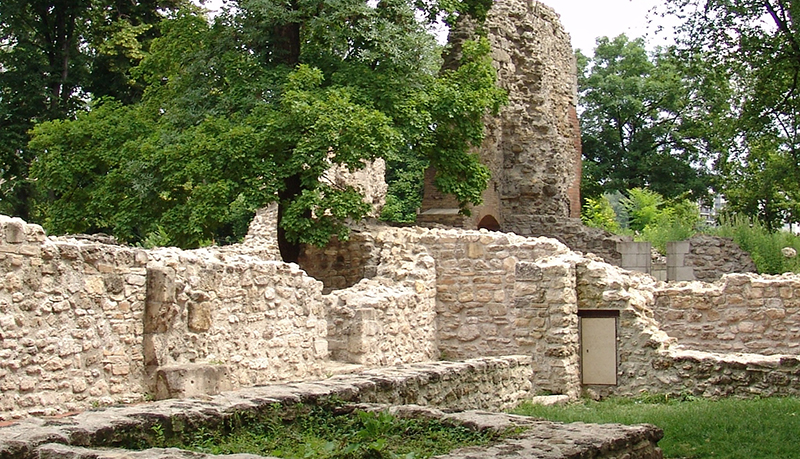
Magyars settling in the territory in the 9th-10th century considered the river Danube the core of their new homeland rather than a natural borderline. The flat areas were populated first, including the large island that once stood where Pest City Centre stands today. The Tatar invasion in the 13th century quickly proved that defence is strategically difficult on a plain. King Béla IV therefore ordered the construction of reinforced stone walls around the towns and set his own royal palace on the top of the protecting hills of Buda.
The town's development was abruptly halted and took a new direction in the 16th century. Formerly rich settlements of Western civilization were gradually turned into vivid oriental "towns" and later abandoned, while the Christian cross was replaced by a new symbol: the crescent of the East. The Turkish occupation lasted for more than 140 years and left only very few marks but much destruction. All the values created by the occupants are linked to water - Turkish thermal baths are the best example. So after the Romans, we "owe a note of thanks" to the Turks for turning our city into a valuable spa resort capitalizing on its rich thermal resources. Some of the pools built in Budapest during the Turkish thraldom are still used today, like Rudas, Király, and another reminder of the Turkish times in Hungary.
The 18th century marked the slow awakening and recovery of the city. On the other hand the 19th century was the age of major changes and witnessed the birth of a completely new city almost from scratch. The hills of Buda and the city walls of Pest no longer provided protection and limited space was a barrier to real development. The core of the shaping metropolis thus moved down from the hill to the plains, making Pest the centre again. 1867 was the year of Reconciliation that brought about the birth of the Austro-Hungarian Monarchy which significantly contributed to the blossoming of the country and its capital city.
In 1873 Buda and Pest were officially merged with the third part, Óbuda (Ancient Buda), thus creating the new metropolis of Budapest. The rapidly growing and flourishing city received new public offices, avenues, channels, public lighting, horse carriageways, a subway, green parks and bridges. By the turn of the century it was a genuine rival to Vienna. Dynamic Pest grew into the country's administrative, political, economic, trade and cultural hub.
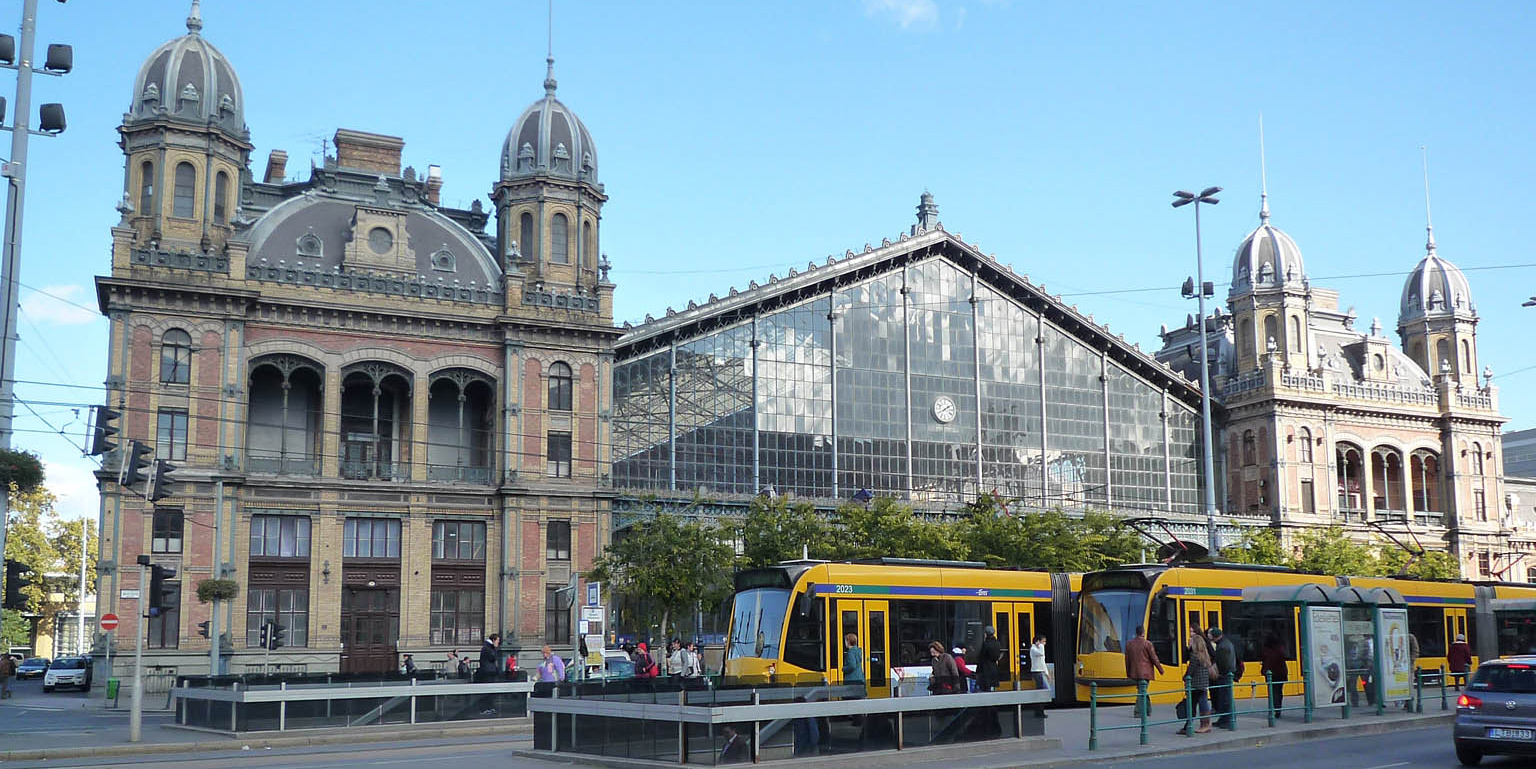
The destruction of the Second World War could only be compared to the devastation wrought by the Turkish occupiers. After the war and until May 1990, when the first democratically elected government took power, the country was a victim of communist imperialism. The achievements of the political changes and the past decade, like democracy and a market economy, help to efface the dictatorship of the not so distant past.

1. Castle-District
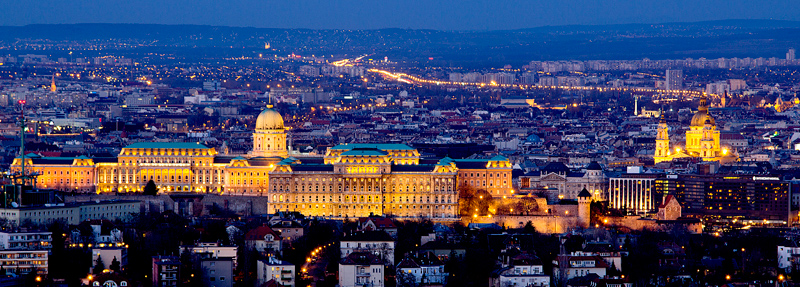
The Castle District in Buda is the ancient kernel of the capital's right-bank settlement. Everything that surrounds it was once only suburbs. From whatever direction you reach the Castle District, you cross the ramparts which completely encircle Castle Hill. The whole area within the ramparts is protected as an ancient monument: the lines of the streets and the foundations and architectural remains of the buildings retain the atmosphere and memories of the medieval and eighteenth and nineteenth-century capital.
2. The Church of Our Lady
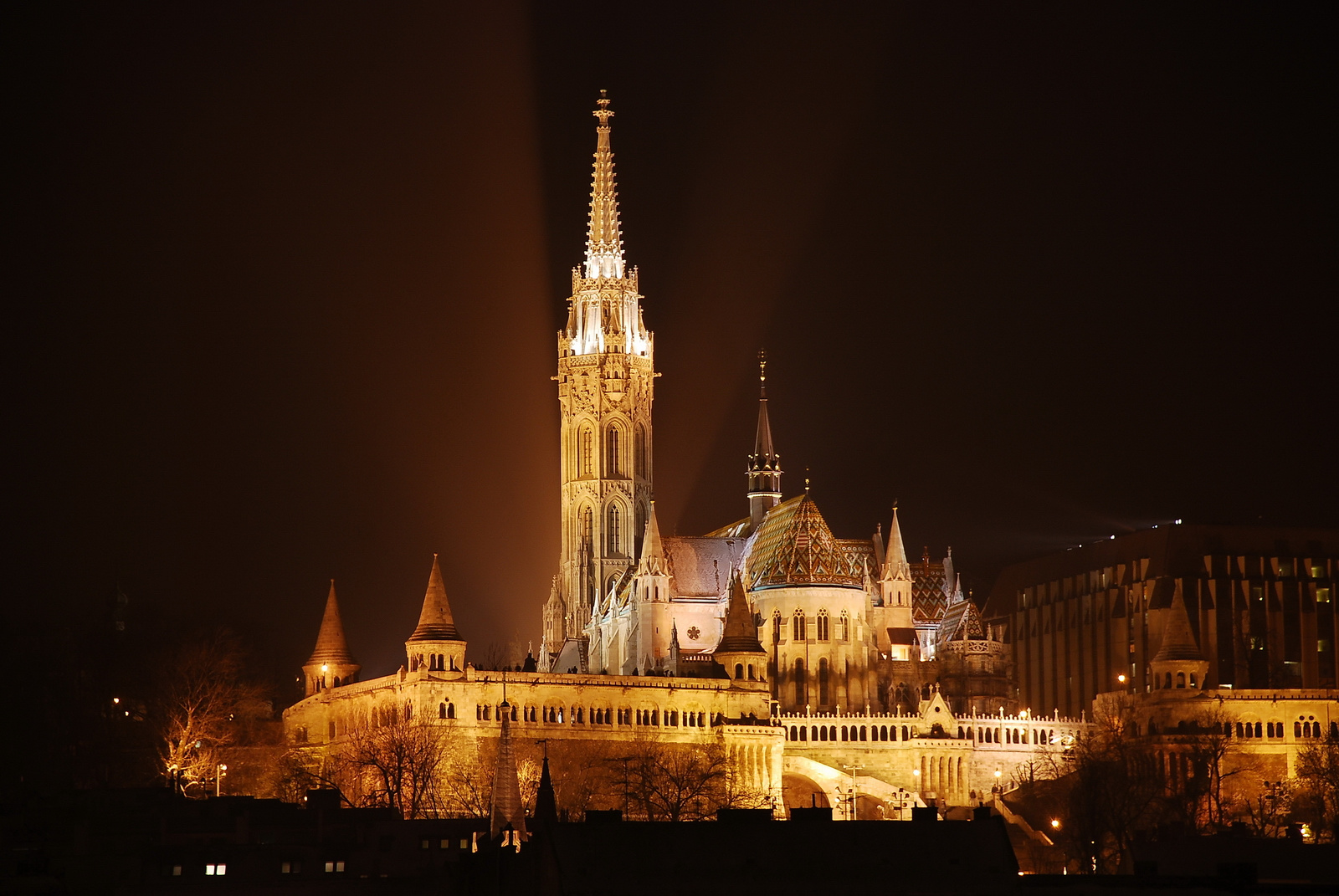
The Church of Our Lady is generally called the Matthias Church, because its southern tower bears the coat of arms with the raven (in Latin: Corvus) of Matthias (Corvinus) Hunyadi (1458-1490). In the thirteenth century Buda's first parish church stood here. In the fourteenth century it was rebuilt as a Gothic hall church, but its construction, just as that of so many Gothic churches in Europe, was never finished, and the northern tower was not built. In Turkish times it became the main mosque and its interior furnishings were destroyed. During the 1686 siege its tower and roof collapsed. Later on the church was rebuilt in the Baroque style, and in the last decades of the nineteenth century Frigyes Schulek (1841-1919) reconstructed, from the excavated medieval remains, the original Gothic church, the one in which Charles Robert (1308-1342) and Sigismund of Luxembourg (1387-1437) had been crowned, and in which the wedding of King Matthias with Catherine Podebrad in 1463 and with Beatrice of Aragon in 1470 had been solemnized. The last two kings of Hungary, Francis Joseph I and Charles IV, were also crowned in this church, in 1867 and 1916 respectively. During the Second World War the damage suffered by the church was so heavy that it took two decades to repair it.
From outside the most beautiful part of the church is the 80-meter (260 ft.) high stone-laced Gothic tower. The southern portal is decorated by a fourteenth- century relief depicting Virgin Mary's death. Inside, the plastered walls are painted with colored ornamental design. The frescoes depict the lives of Hungarian saints. In the northern part there is a series of chapels; in the one nearest to the chancel the sarcophagi of Béla III (1173-1196) and his wife Anne of Châtillon can be seen; they were brought here from Székesfehérvár.
Near the chancel, in the former crypt, we find a museum of stonework remains, including medieval carvings. In the gallery a collection of ecclesiastical art is exhibited, containing old chalices and vestments as well as a replica of the crown of the Hungarian kings.
3. Heroes-Square, Millenary Monument

Hösök tere (Heroes-Square) lies at the end of the 2.5 km (1.4 m.) long Andrássy út, the avenue which starts at Bajcsy- Zsilinszky út. In the centre of the square stands the Millenary Monument, to the left is the Museum of Fine Arts and to the right the imposing building of the Art Gallery (Mücsarnok). In the centre we see the Memorial to Hungarian Heroes, a 47-ton monolith. The construction of the Millenary Monument was begun in 1896, the thousandth anniversary of the Conquest of the country by the Hungarians. It was designed by the architect Albert Schickedanz and the sculptor György Zala.
The centre of the monument is a 36-metre (160 ft.) high column with a winged genius on top and the statues of the conquering Magyar chief Árpád and of the chiefs of the other six tribes on the pedestal. Behind these there is a semicircular colonnade with the statues of the most outstanding Hungarian kings, princes and commanders between the columns. From left to right: St. Stephen, the founder of the State, Ladislas I, Coloman, Andrew II and Béla IV, kings of the House of Árpád; Charles Robert and Louis I known as the Great of the Angevin dynasty; János Hunyadi, the hero of the wars against the Turks, and King Matthias; then Gábor Bethlen, István Bocskai, Imre Thököly and Ferenc Rákóczi II, princes of Transylvania, and finally Lajos Kossuth, the leader of the 1848-49 War of Independence. Below the bronze statues relieves commemorate historic events. On top of the semicircle there are four symbolic statues: Work and Wealth on the left, two chariots, depicting War and Peace, in the centre, and Honour and Glory on the right.
4. The Parliament building and its neighbourhood
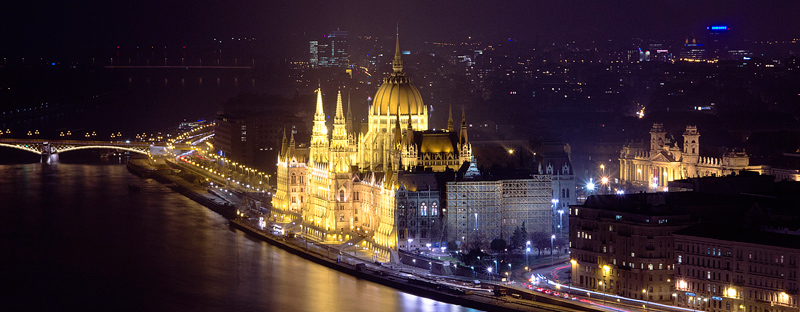
This district, built at the end of the nineteenth century on the site of timber-depots, mills and barracks, is a few minutes' walk from the Chain Bridge (along the Danube embankment), from the Inner City (through the streets leading northwards), or from Margaret Bridge. The most beautiful eclectic and pseudo-hislorical public buildings were erected in this district. The high dome of the Parliament building guides pedestrians and motorists alike. Among city transport services there are tramways, trolleybuses and the Metro station at Kossuth Lajos tér, the 6,500 sq.m. (about 7,800 sq.yds.) square in front of the Parliament building. The Parliament building, which has become the symbol of the capital, was built between 1880 and 1902 to the designs of Imre Steindl. The alluvial soil of the Danube bank had to be reinforced by a two- metre (7 ft.) deep concrete foundation so that it support the colossal building, which is 268 metres (300 yds.) long and 123 metres (140 yds.) at its greatest width has ten courts, 27 gates, and 29 staircases. The exterior of the building is adorned with lace-like Gothic pinnacles and 88 statues representing Hungarian rulers princes and military commanders. On the Danube side an unbroken line of arcades dominates the building, with neo-Gothic and neo-Renaissance motifs. In the centre of the building, in Kossuth Lajos tér, is the main entrance, flanked by bronze lions, behind which the ornamental staircase leads to the hall under the dome.
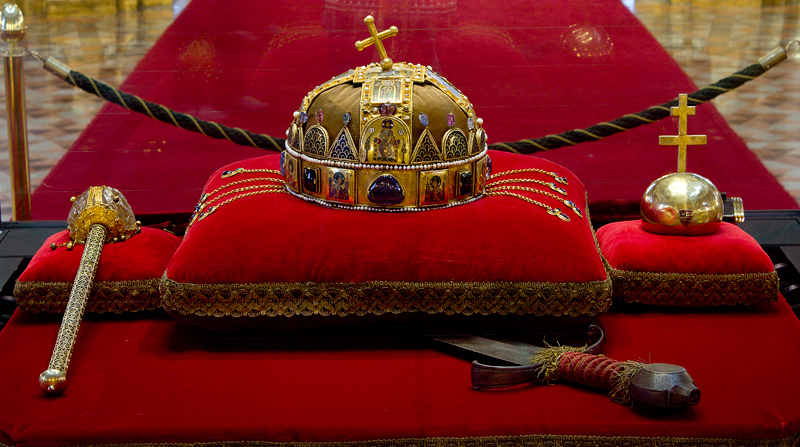
Guided tours are organised to see the interior. The 27-metre (82 ft.) high hall beneath the dome - which in 1896 saw session of Parliament in honour of the millennium of the Conquest of the country and where today state awards are presented - is decorated all Ground with the coats of arms of the former Hungarian counties. On the heads of the sixteen clustered pillars the statues of Hungarian rulers can be seen. The interior of the building has been symmetrically arranged, because the Hungarian parliament was originally composed of two houses: the rooms were built around the assembly halls of the Upper and Lower Houses- now the Congress Hall and the Assembly Hall respectively - with the Delegation Hall in the centre. Some interesting ornaments of the lobbies are the painted pyroganite statues. The frescoes, paintings and tapestries- The Works of Mihaly Munkácsi, Károly Lotz and Gyula Rudnay, among others - depict scenes from Hungarian history and legends. The office of the Ministers and the Prime Minister, as well as the Parliament Library, are also to be found in the parliament building. In the hall under the dome a Christmas tree is set up every year for schoolchildren.
5. The Saint Stephen's Basilica

The Basilica (Saint Stephen's Basilica), the most impressive building of Bajcsy-Zsilinszky út, has its main façade towards the Danube; from Bajcsy-Zsilinszky út all we see are its semicircular chancel walls. The monumental neo-Renaissance church was designed by two well-known masters of the Hungarian architecture of the turn of the century, József Hild and Miklós Ybl, and was built between 1851 and 1905. The area of the church, a Greek cross with a dome and two steeples, is 86 by 55 m (285 by 183 ft.). The dome, burned down during the war and rebuilt in 1948-49, is the highest among Budapest's churches-96 m. (314 ft.)-, the same height as the dome of the Parliament building. Statues of Latin Fathers of the Church stand in the ground-floor niches, the four Evangelists are in the protruding niches of the pillars, and the statues of the twelve Apostles stand above the semicircular colonnade of the chancel. The vestibule of the main entrance is shaped like a triumphal arch.
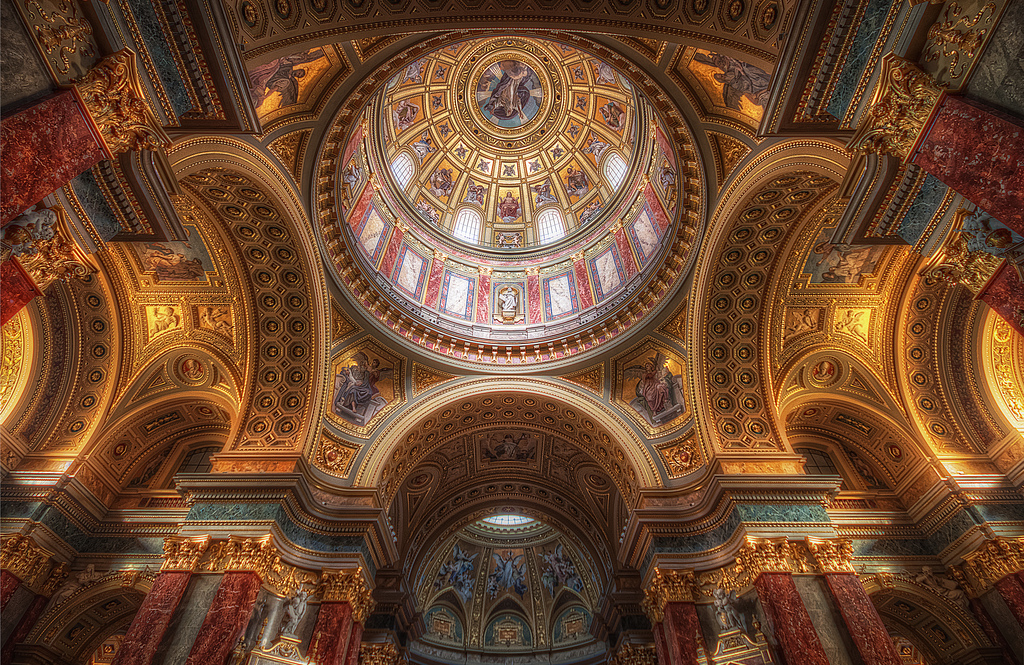
The relief of the tympanum above the two Corinthian half columns depicts Our Lady, the Patroness of Hungary, with the Hungarian saints ; the wall above the main entrance is decorated with a relief of the Hungarian king St. Stephen, and a mosaic depicting the resurrection of Christ. The works of significant Hungarian artists of the period, among them Mór Than, Bertalan Székely, and Gyula Benczúr, ornament the inside of the church and the chancel; the statues of Hungarian saints-St. Elizabeth, St. Gerard, St. Emeric, and St. Ladislas holding his sword high-stand near the inside main pillar of the dome. The mosaics of the dome were designed by Károly Lotz, a famous Hungarian fresco-painter of the turn of the century. St. Stephen's statue on the main altar is the work of Alajos Stróbl; the five bronze relieves of the chancel illustrate scenes from the life of the first Hungarian king.
6. Our Lady of Hungary Church of the Main Parish Downtown, Budapest
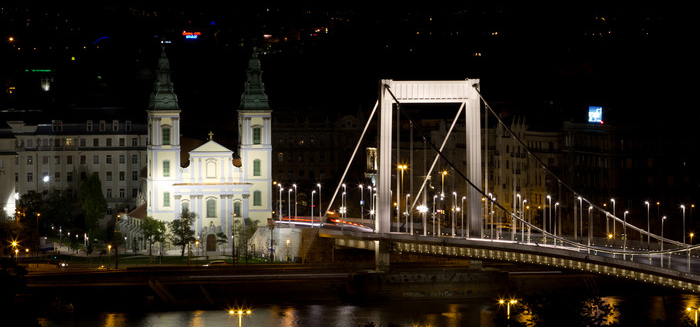
The oldest church in Budapest is a real jewel. Even its origin is extraordinary. In 300 AD the Romans built a fortification to fend off barbaric attacks and to guard the crossing place of the Danube. It got its name, Contra Aquaticum, after the military settlement, Aquaticum, ont he opposite bank. Centuries later a two-steepled Romanesque church was built on this rampart ont he wishes of our first king, St. István. It was a three-aisled church with ambulatory, symbolizing the power of Christianity over paganism.
In 1398 Gergely Babocsai, King Zsigmond’s chaplain, became the parson of the church and procedured the reconstruction. The enlargement was accomplished after French design sin Ghotic style. The edifice was enriched during the reign of King Mátyás: an oratory was built ont he right side, and two renaissance chancels – one of red marble, the other of white limestone – were chiselled ont he donations of bishop András Nagyrévi (1500) and the city of Pest. Among the significant treasures of the church there are some remains of frescos found int he sediles, now exhibited int he baptistery chapel. The church suffered great damages during the Turkish occupation (1541-1686), when it was used as a mosque. A „mihrab” , a prayer niche still can be seen on the south-west wall of the sanctuary.
During the siege and the recapture of Buda (1684,1686) the church was heavily damaged.
The edifice got its present exterior during the Baroque reconstruction which was supported by György Széchenyi, the archbishop of Esztergom at the time. The work started with the building up to the southern tower in 1726, and ended with the erection of the northern tower in 1740. Thechurch was restored in neoclassic style by Joseph Hild between 1805 and 1808. A few decades later Gothic elements were added by Imre Steindl. During WWII the building was heavily damaged. The reconstruction started in 1948 so as the church could glorify God and serve the people again.
Many historical events took place in the church. Bishop St. Gellért, the first martyr of the country, was laid out and buried here in 1046, after being thrown down the hill ont he opposite bank of the Danube by the rebellious pagans. Eight years later his body was taken to Marosvár, his episcopal see. (Centuries later it ws fled to safeguard to Velence from the Turks.)
According to tradition the engagement of St.Erzsébet the Arpad dinasty,daughter of the Hungarian king, Endre II, to the son of the count of Thuring was celebrated here.
Many of our kings and rulers visited the place, and according to records the day before King Matthias was elected king a holy mass was celebrated for the next sovereign.
In 1872 (February 4) Ferenc Liszt conducted his mass, the Missa Choralis here. He also gave many organ concerts within these walls.
It is a great honour for us to have a part of the relic of St.Gellért in our church since March 2002, when it was brought here fromo Murano and placed in an illuminated reliquary int he new facing marble altar of the renovated sanctuary. It reminds the visitors to the veneration of Our Lady of Hungary, the Virgin Mary taken to heaven, which St. Gellért insisted so much on.
7. The Gellért Hill and its neighbourhood

Rising steeply above the capital, Gellért Hill (Gellért- hegy) seems from the Danube to be a huge cliff, al- though it is only 140 metres (430 ft.) above the level of the river. Owing to its exceptional situation, it offers a peerless panorama of the entire city. Up to the end of the nineteenth century this was the limit of the town of Buda, and the hill served as an outpost and fortress of Buda Castle. The plateau is still not fully built over: only on the southern and western slopes can we find villas. The top can be reached on foot in a good quarter of an hour from the Buda end of either Elizabeth or Liberty Bridge. The motor road starts from Elizabeth bridge, but bus 27 starting at Móricz Zsigmond körtér will also take you to the summit.
The Citadel, the fortress on top of the hill, was built between 1850 and 1854 by the despotic Habsburg authorities to control the city after the suppression of the Hungarian War of Independence. The walls in the east-west direction are 200 metres (220 yds.) long, 4 to 6 metres (13-20 ft.) high and at some points 3 metres (10 ft.) thick. In 1897 the Austrian troops left the fortress, and in 1899 the city of Budapest, which bought it, had the walls symbolically demolished -as can still be seen next to the main gate-but then it was again used to house Hungarian soldiers. During the 1944-45 siege it was from the Citadel (and from Castle Hill) that the encircled German troops kept the city under gunfire until their final surrender. Today the Citadel serves as a look-out terrace and has a restaurant. The former barracks have been converted into a tourist hostel.
Looking northward from the hilltop the Buda hills and the Pilis mountains can be seen. On the Buda side, we can almost look into the streets of Castle Hill and recognise the southern fortifications of the Royal Palace. Directly below us we see the slopes of the former Tabán district converted into a park. The Tabán was once a Turkish suburb of small houses. All the Danube bridges are visible; the nearest are Elizabeth Bridge and Liberty Bridge; towards the south we see Petôfi Bridge and the Southern Railway Bridge with the Lágymányosi Bridge beside ( its the newest bridge in the city, it was finished in 1995), towards the north the Chain Bridge, Margaret Bridge, Árpád Bridge and the Northern Railway Bridge.
The Liberation Monument (the work of Zsigmond Kisfaludi Strobl) was erected in 1947 to commemorate the liberation of the country and in honour of the soldiers of the liberating Soviet Army ( today we call it occupation ). The female figure holding the palm of victory together with the pedestal is 40 metres (132 ft.) high. In front of it is the statue of a Soviet soldier; of the two accessory figures one vanquishes the symbolic figure of destruction and devastation, the other one raises high the torch of progress. The names of fallen Soviet soldiers are carved on the pedestal.